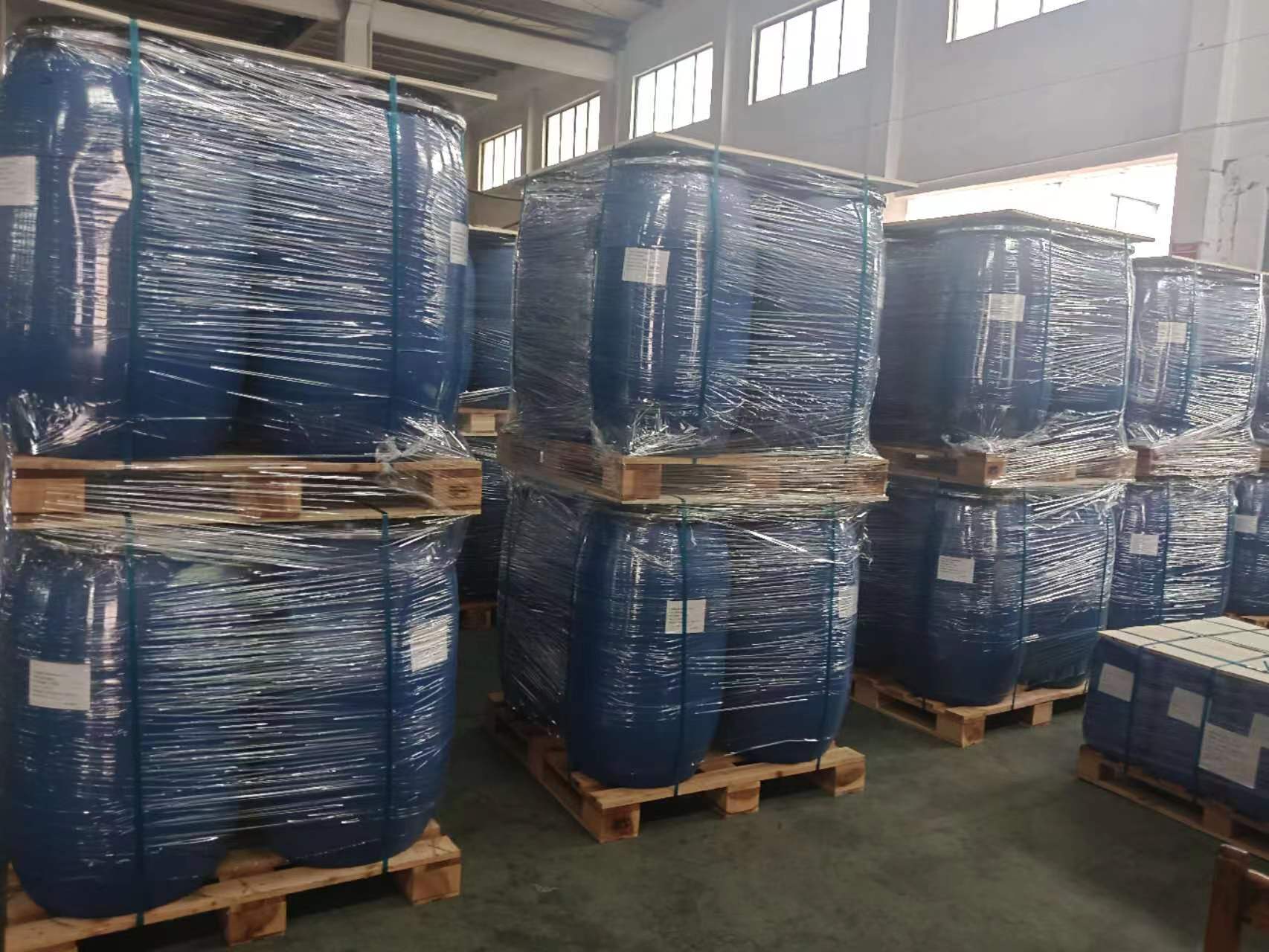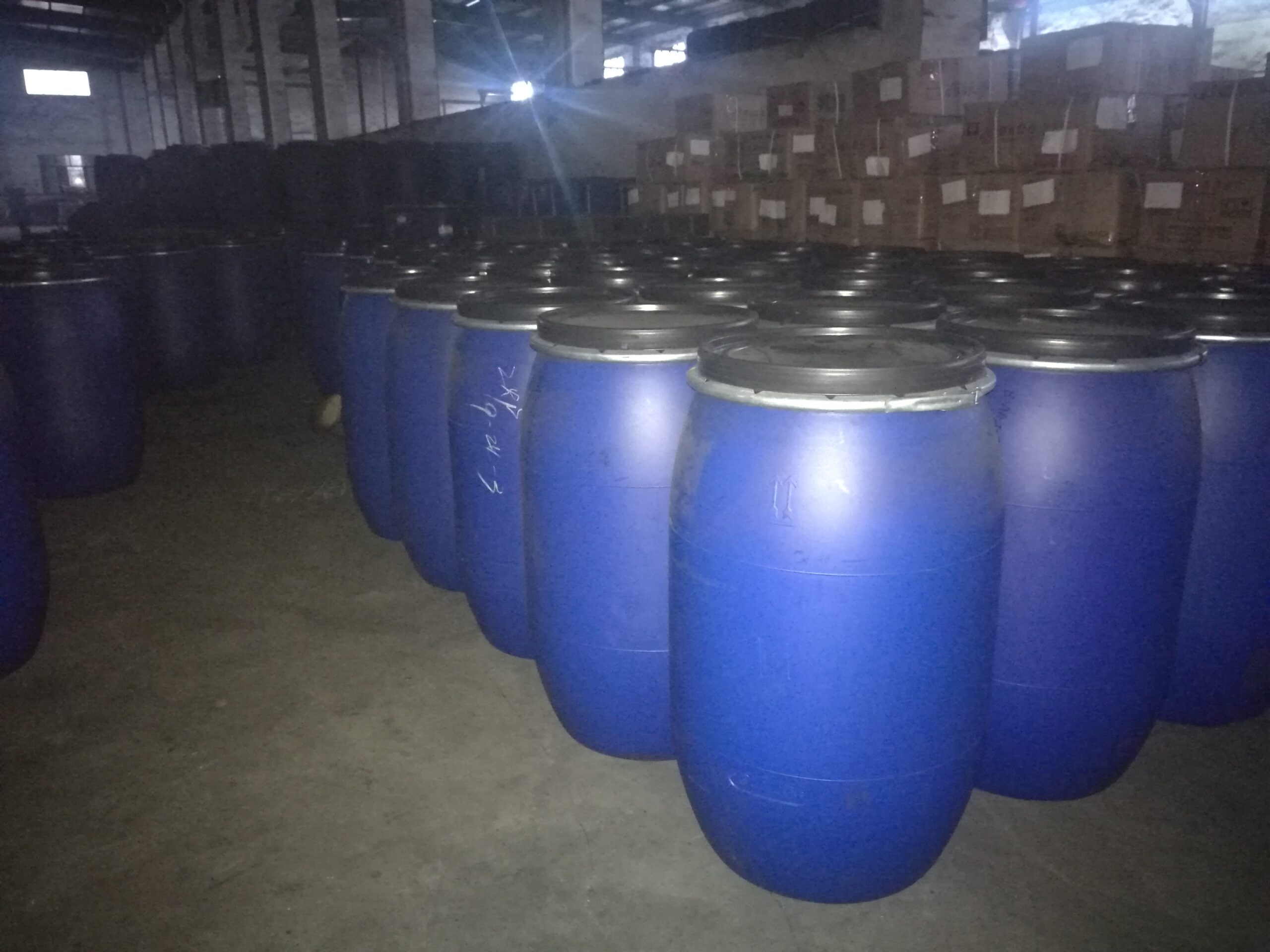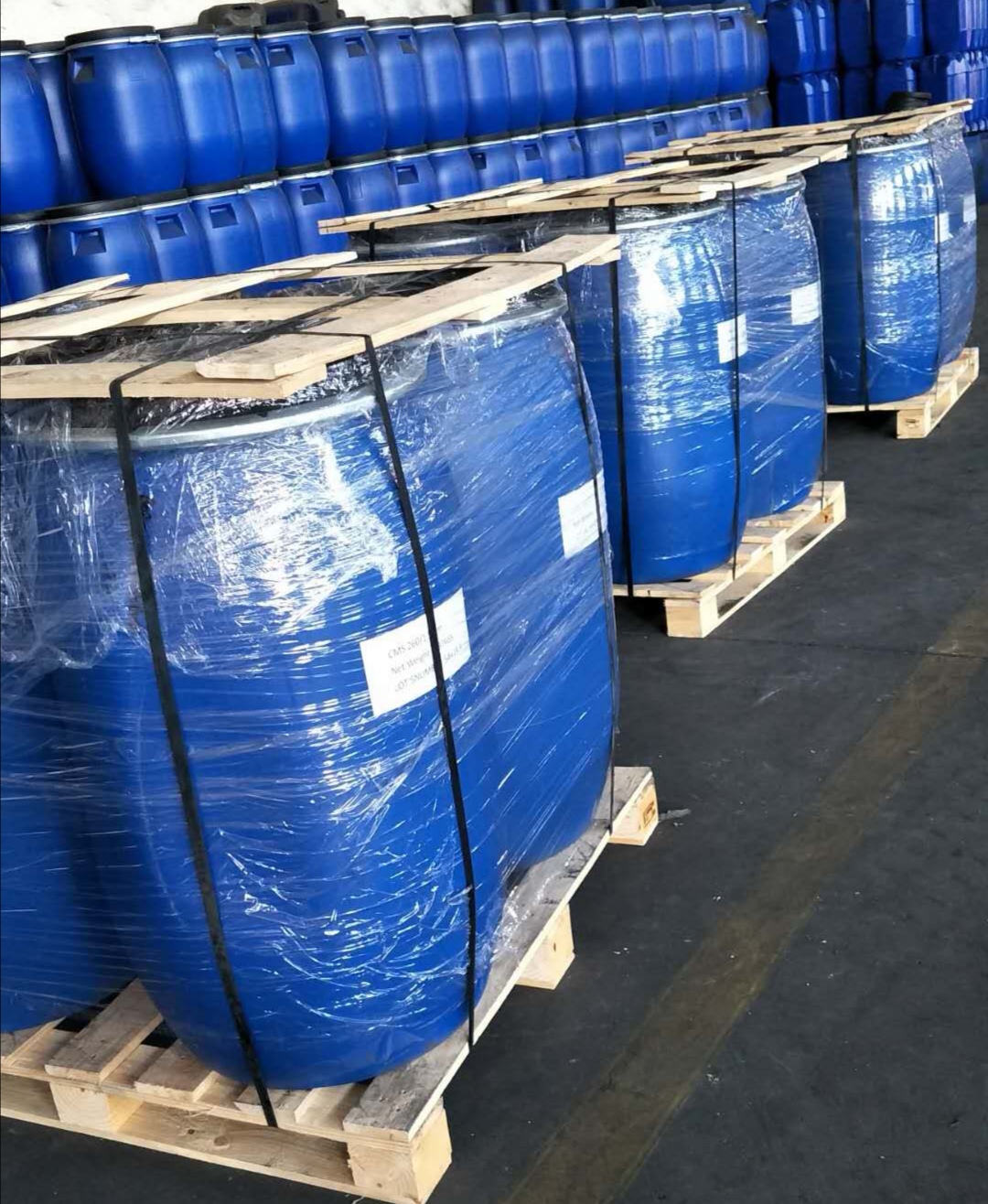The development history of Zeolites
Zeolites, a kind of porous artificial treasure, have shone brightly in the fields of chemistry, physics, and biology with their unique features and outstanding performance. Their development history began in the early 20th century and has undergone several innovations, continuing to this day.

一、The Emergence (Early 20th Century)
In 1908, Max Bodenstein, a German chemical giant, first proposed the concept of “zeolites”, revealing the mystery of the selection of gas molecules by silicate minerals and laying the foundation for zeolite research. Subsequently, scientists delved into the pore structure and adsorption performance, sowing the seeds for the rise of zeolites.
二、The Rise of Silicate Zeolites (1950s)
In the 1950s, American scientists John H. Gibbs and Karl Ziegler discovered silicate zeolites, which quickly gained popularity in the fields of petrochemicals and natural gas purification due to their regular pore channels and excellent adsorption capacity. Since then, zeolite research has flourished, becoming a shining star in the study of porous materials.
三、 Innovation in Synthesis Technology (1970s)
In the 1970s, organic synthesis methods flourished, and scientists used organic metal complexes as templates to pioneer a new era in zeolite synthesis. This method made zeolite synthesis more controllable and gave birth to various zeolites with different pore structures and chemical compositions such as AEL, MFI, and CHA, opening up a new chapter in zeolite diversity.
四、Expansion into New Application Fields (1980s to Present)

With in-depth research, the application fields of zeolites have continuously expanded, from petrochemicals and natural gas purification to environmental protection, medicine, food industry, and catalysts. Especially in the field of catalysts, zeolites have become a brilliant gem in the research of new catalysts due to their high specific surface area and adjustable pore structures.
五、Future Prospects
The multi-field applications of zeolites demonstrate their extraordinary value in scientific research and practical production. Looking to the future, zeolite research will move in the following directions:
1. Design and Synthesis: Utilizing computer simulation technology to accurately predict and control the structure and performance of zeolites to meet diverse needs.
2. Optimization of Catalytic Performance: In-depth study of the activity and stability of zeolite catalysts to enhance catalytic efficiency and optimize reaction processes.
3. Functionalization Exploration: Integrating zeolites with other functional materials to create zeolite materials with novel functions.
4. Energy and Environmental Applications: Exploring the potential of zeolites in energy conversion and pollutant treatment to provide innovative solutions for energy and environmental issues.
In conclusion, as a leading porous material, zeolites will continue to play a key role in scientific research and practical applications. With the advancement of technology, we have every reason to expect that zeolite research and application will continue to make new breakthroughs and contribute to the progress of human society.



